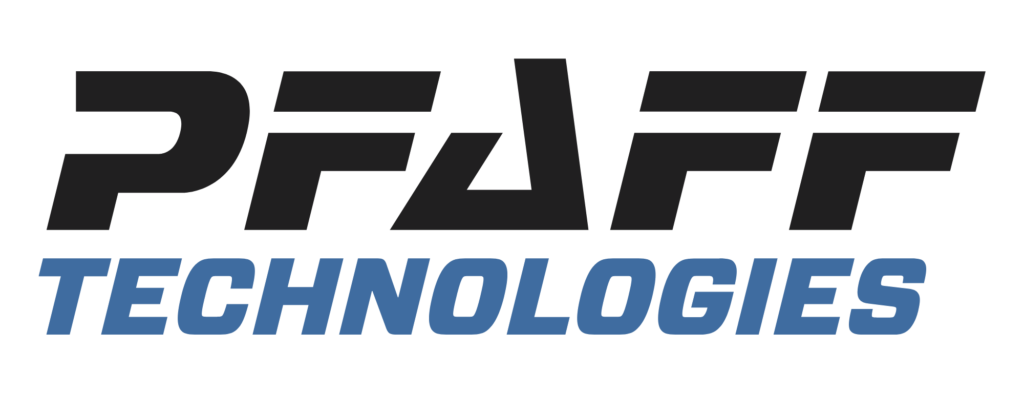In the fast-paced world of motorsport, the drive for enhanced performance and safety has led to numerous innovations, with carbon fibre being among the most transformative. After Military and Aerospace applications, Motorsport was an early proving ground for carbon fibre. Through the strategic partnership between Pfaff Technologies and Pfaff Motorsports, Pfaff Technologies looks to benefit from the innovative discipline of sports car and endurance racing in the highly competitive GTD Pro class of the IMSA WeatherTech SportsCar Championship. This is a key proving ground for the cutting-edge advancements of carbon fibre design, manufacture, and repair.
The development of carbon fibre can be seen as early as the 1860s and 70’s which saw Sir Joseph Swan first develop the material for an incandescent light bulb, and later Thomas Edison using a form of cellulose carbon fibre in his first light bulbs, however this would be abandoned with the implementation of Tungsten and the development of Carbon Fibre wouldn’t truly begin for many years. The first successful production of a modern carbon fibre strand out of a petroleum base was produced accidentally in 1958 by Dr. Roger Bacon at the Union Carbide Corporation by heating strands of rayon in argon. This was a complex and cost-prohibitive process and, therefore, was challenging to incorporate into anything but the most advanced military applications. Over the next 10 years, the manufacturing process would evolve, leading to its adoption into more widespread applications in the aerospace and the army fields until finally reaching the global market in the 1970s. The exceptional strength-to-weight ratio and versatility soon made it an attractive option for other high-performance industries, including the rapidly evolving motorsport industry.
In 1981 when McLaren introduced the MP4/1, the first Formula 1 car to feature a monocoque chassis made entirely from carbon fibre, the motorsport industry was changed forever. The carbon fibre monocoque provided a significant weight reduction while increasing the structural rigidity of the car. Additionally, the material’s ability to absorb energy during a crash significantly improved driver safety. The MP4/1’s success on the track, including a victory at the British Grand Prix in 1981, paved the way for the widespread adoption of carbon fibre in F1 and soon after in sports cars as well. Besides the lightweight and structural capabilities of carbon fibre, a major benefit that drove its adoption into motorsport is the versatility. With the ability to be formed into virtually any complex shape through moulds, and the ability to apply strength and rigidity in specific load directions, it was adopted for not only the chassis but for other critical components, such as aerodynamic elements, suspension parts, and even entire carbon fibre body panels.
Being involved in the endurance racing discipline of motorsport, Pfaff Technologies, through Pfaff Motorsport, has refined one of the other major benefits of carbon fibre that saw its adoption into endurance racing, the repairability of carbon fibre components. Throughout the course of an endurance race, lasting up to 24 hours, as seen in Daytona, the carbon elements of a race car will see significant wear and possible damage in the heat of competition. This can include damage to aerodynamic elements ie. Front Splitter, Rear Diffuser, Dive Planes etc. and major bodywork components. The ability to repair damaged carbon fibre components in a timely manner, restoring strength and functionality, is crucial to any top-level team in sports car and endurance racing.
Pfaff Technologies has found major benefit in its partnership with Pfaff Motorsport given the long history of carbon fibre technology in the many auto racing disciplines. From refining design and production techniques, providing components that can compete against the best manufacturers in the world, to rapid carbon fibre repairs, restoring the strength and performance required to keep competing, Motorsport is an exciting and innovative proving ground for this groundbreaking technology.


Recent Comments